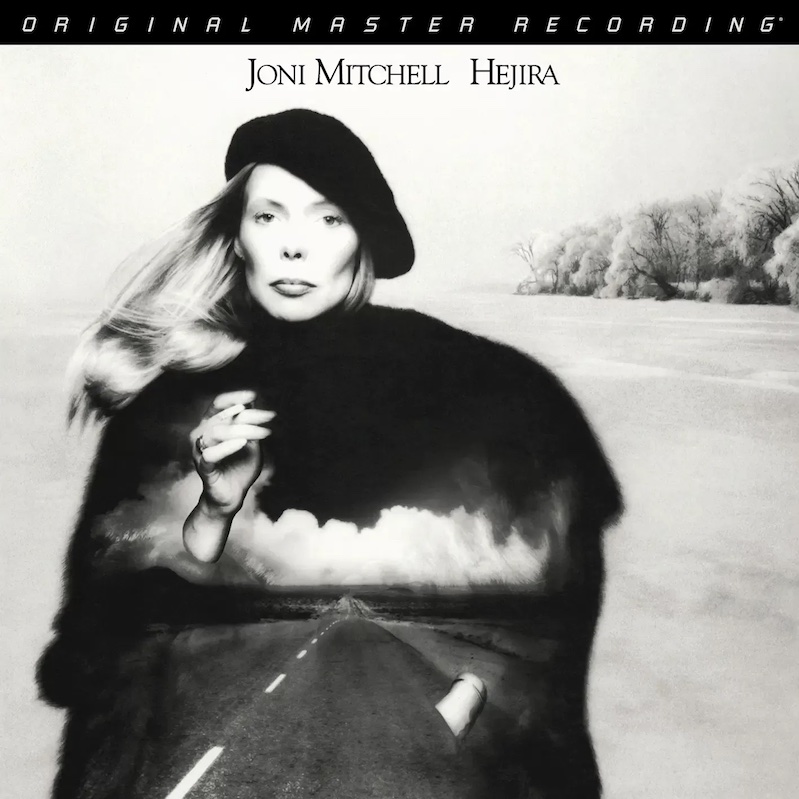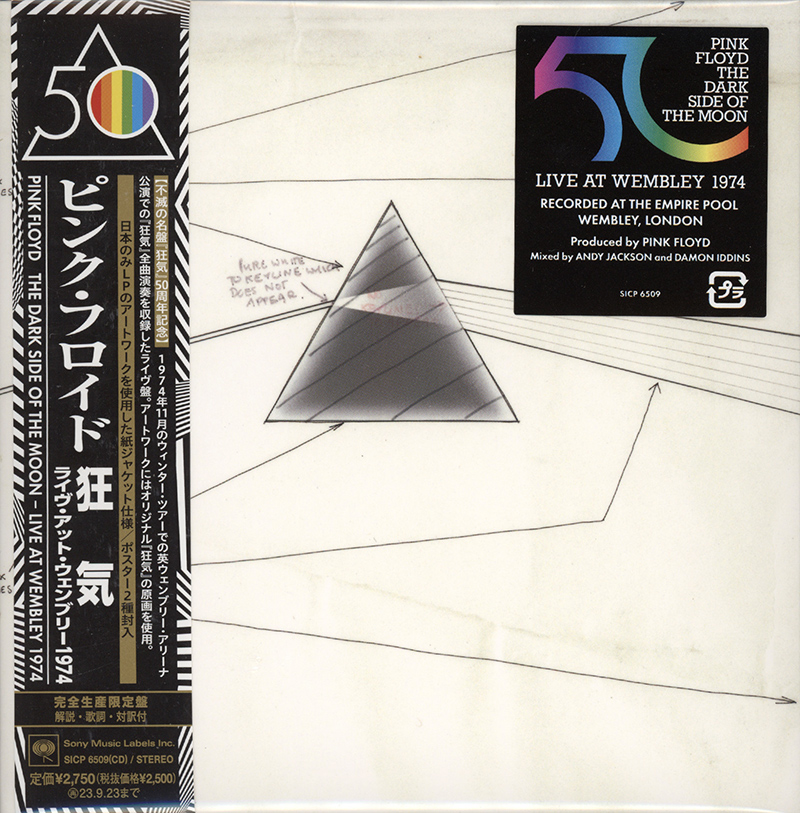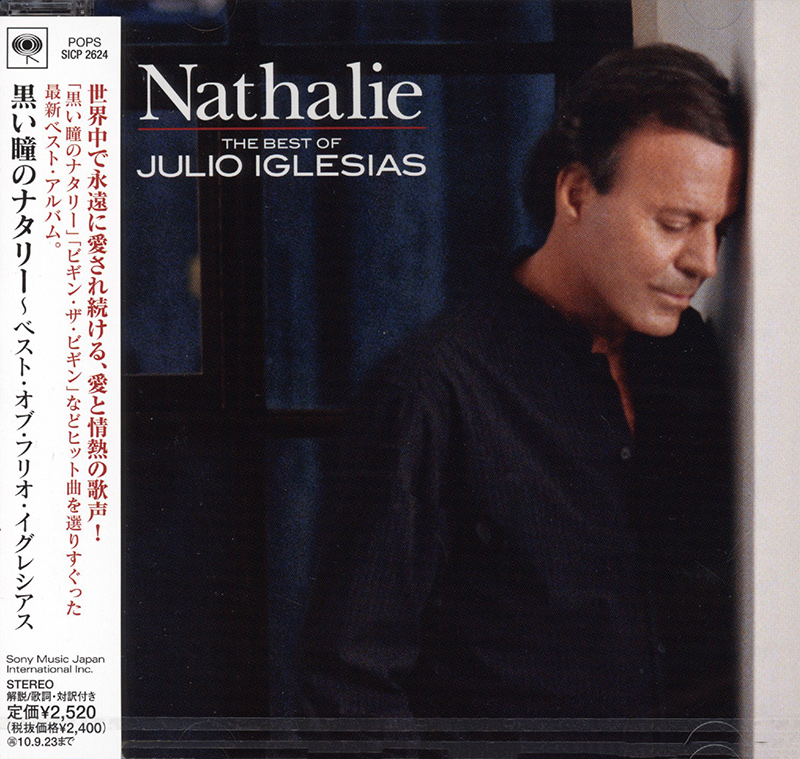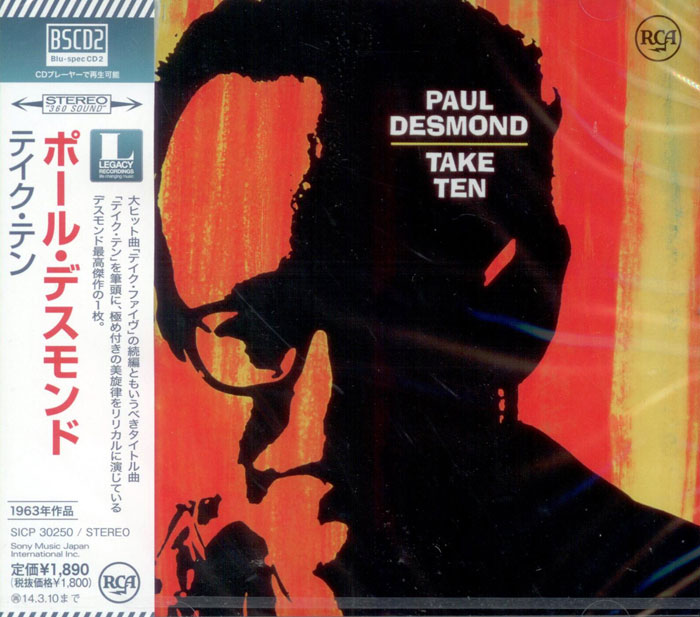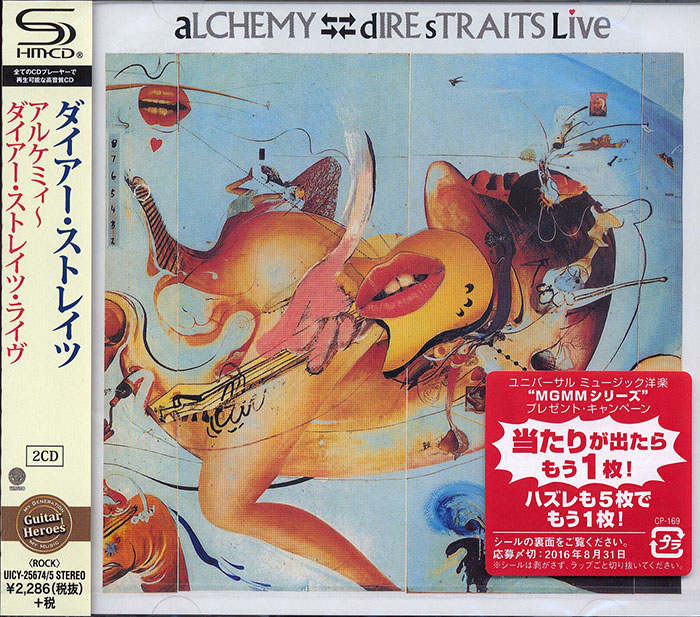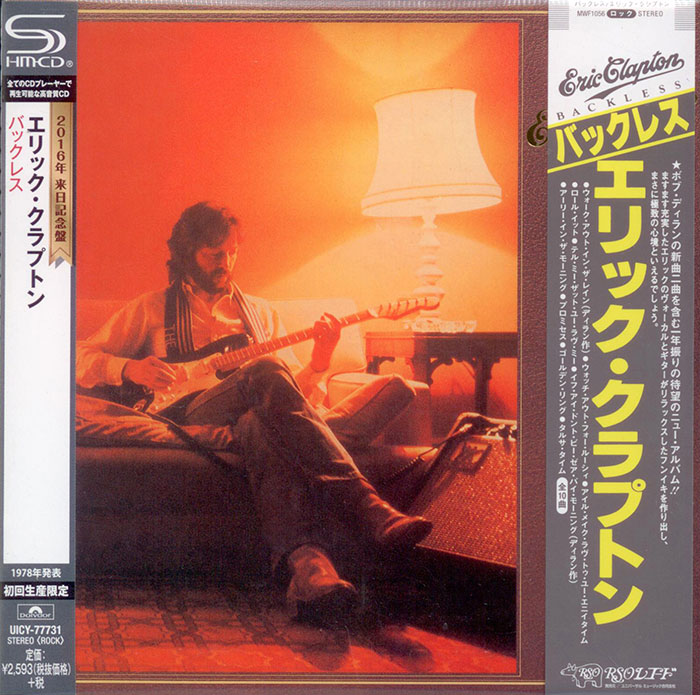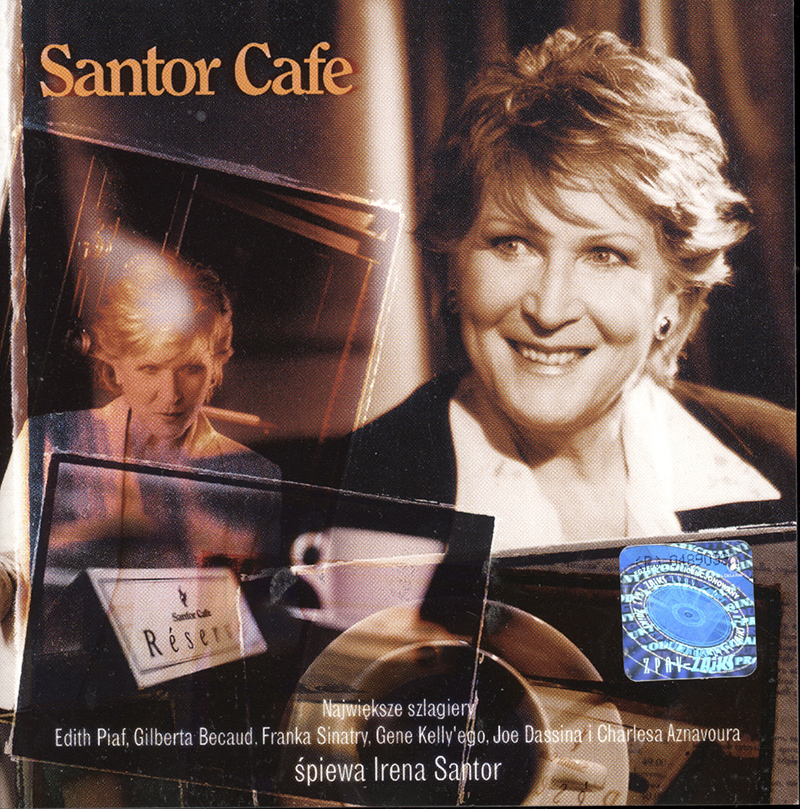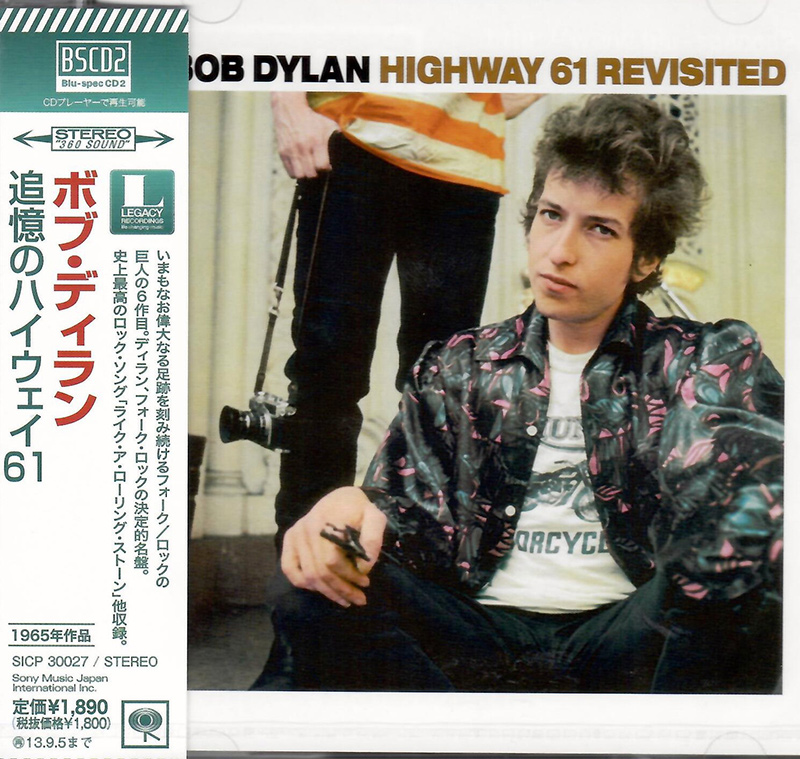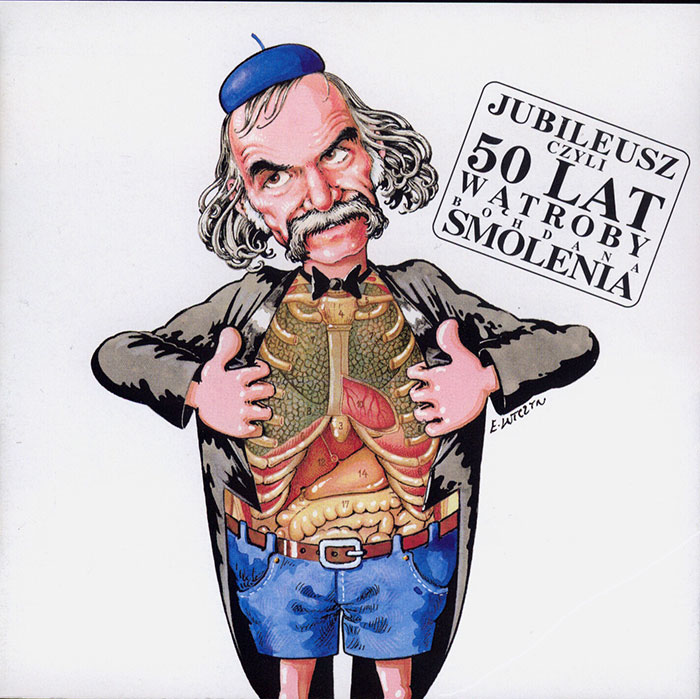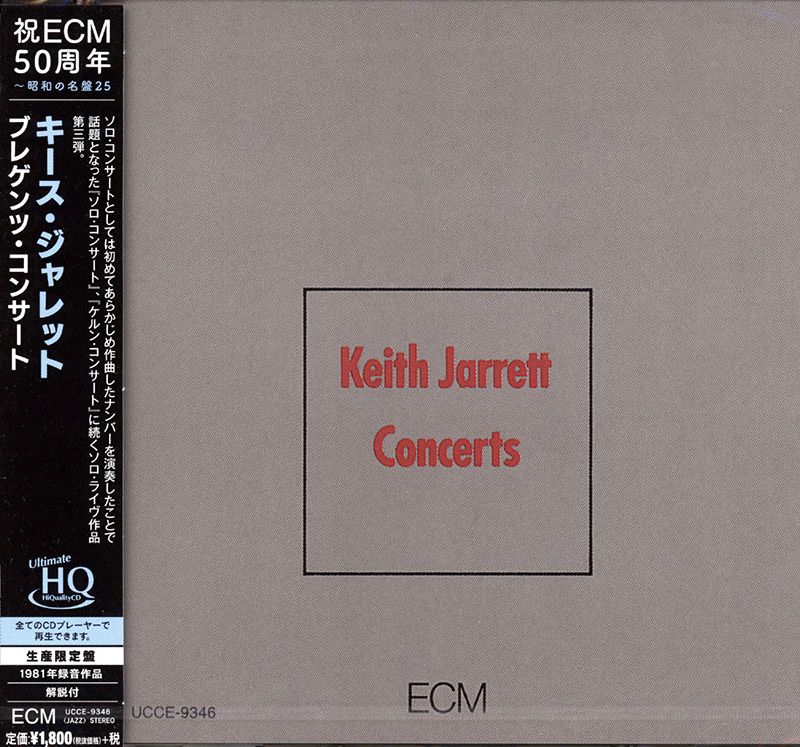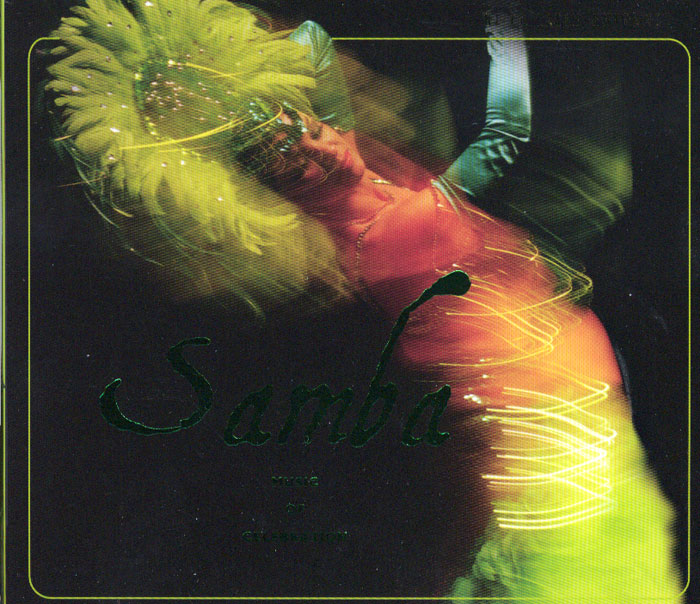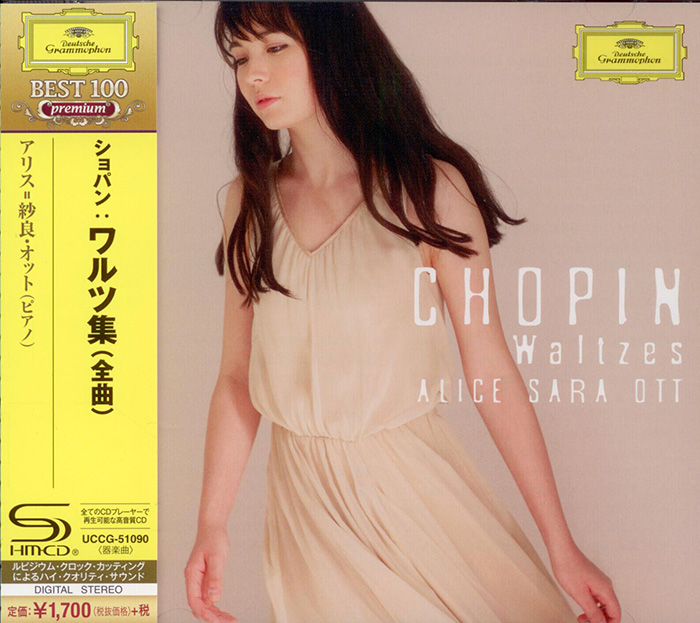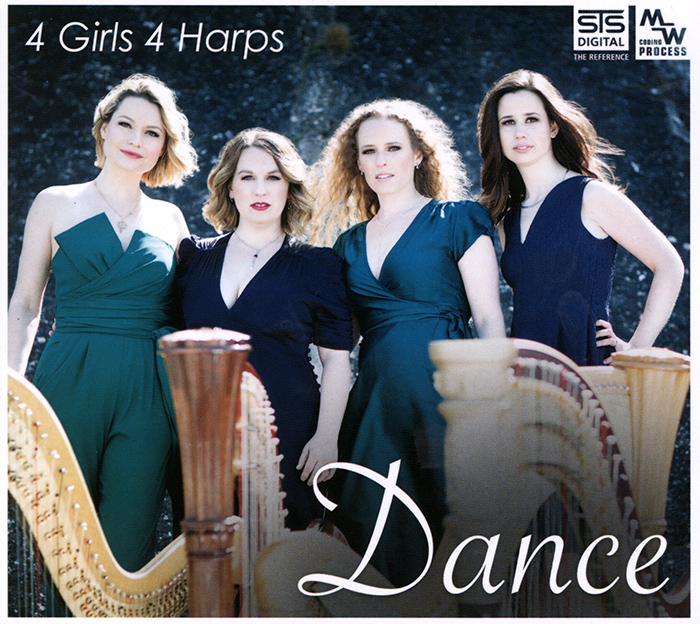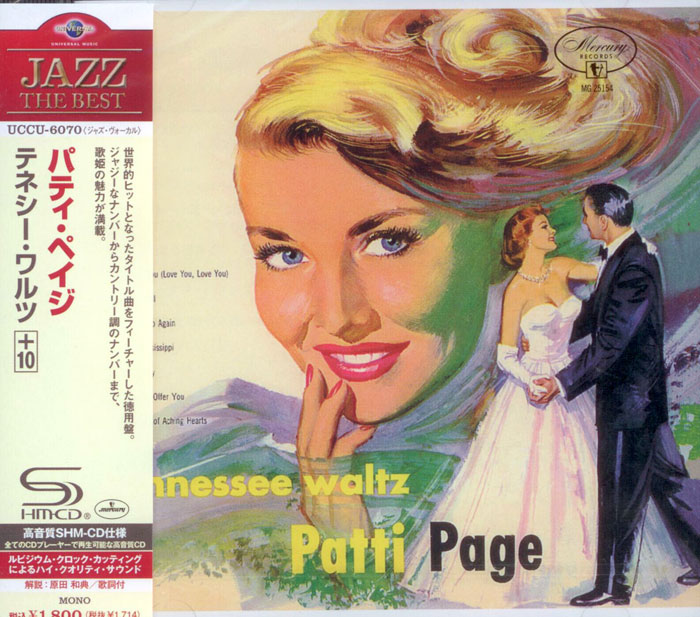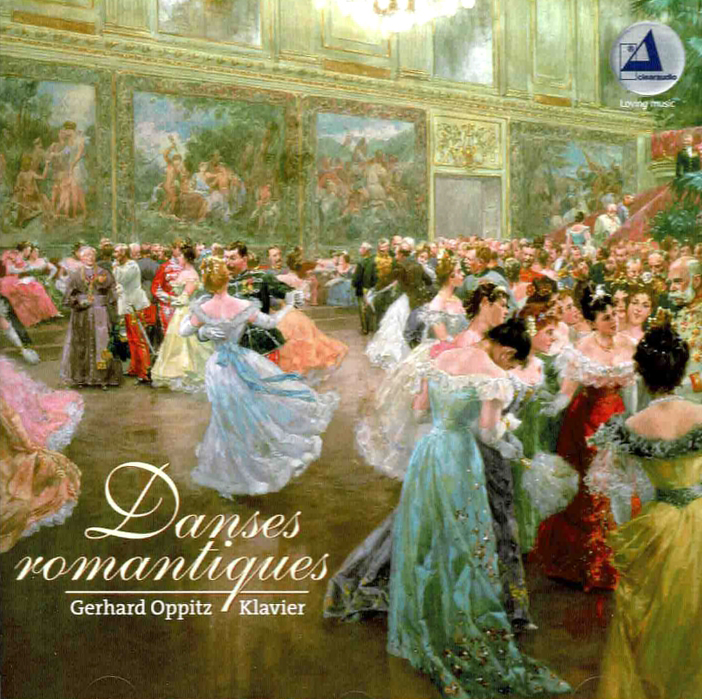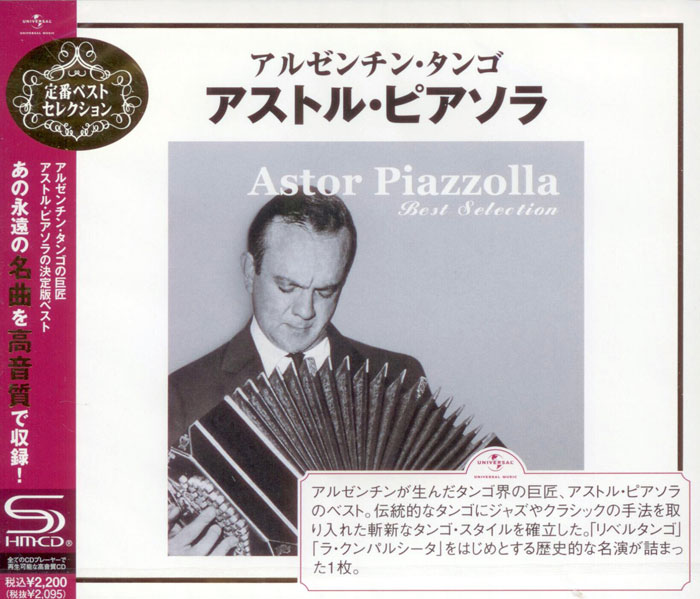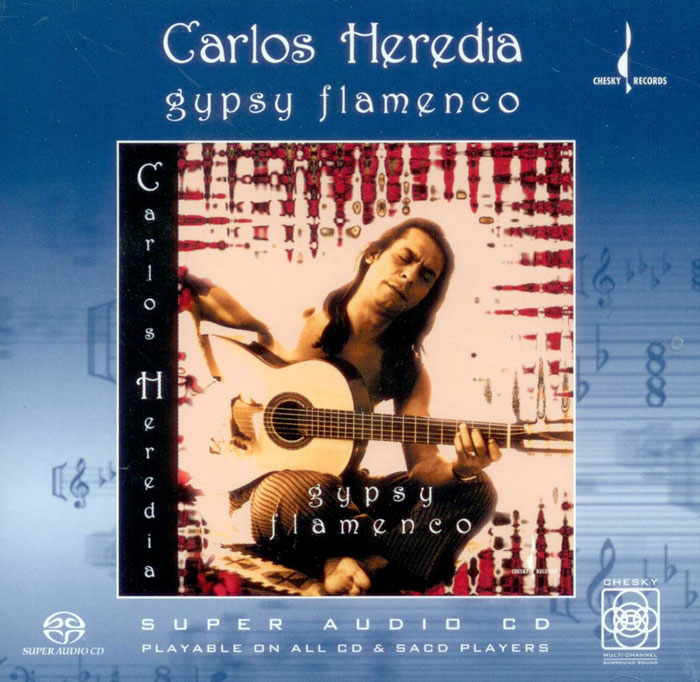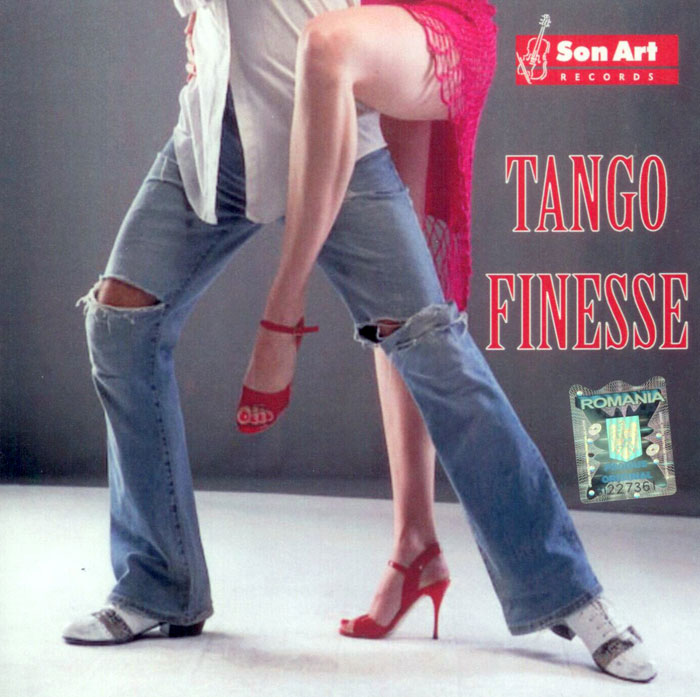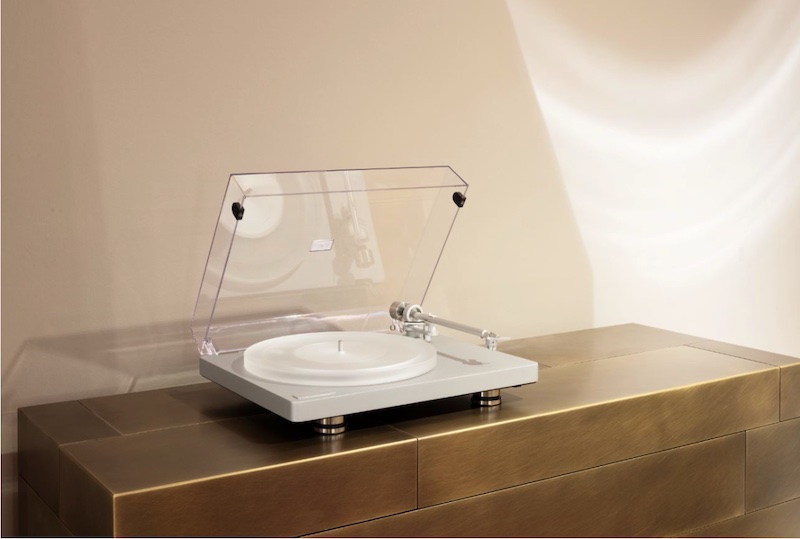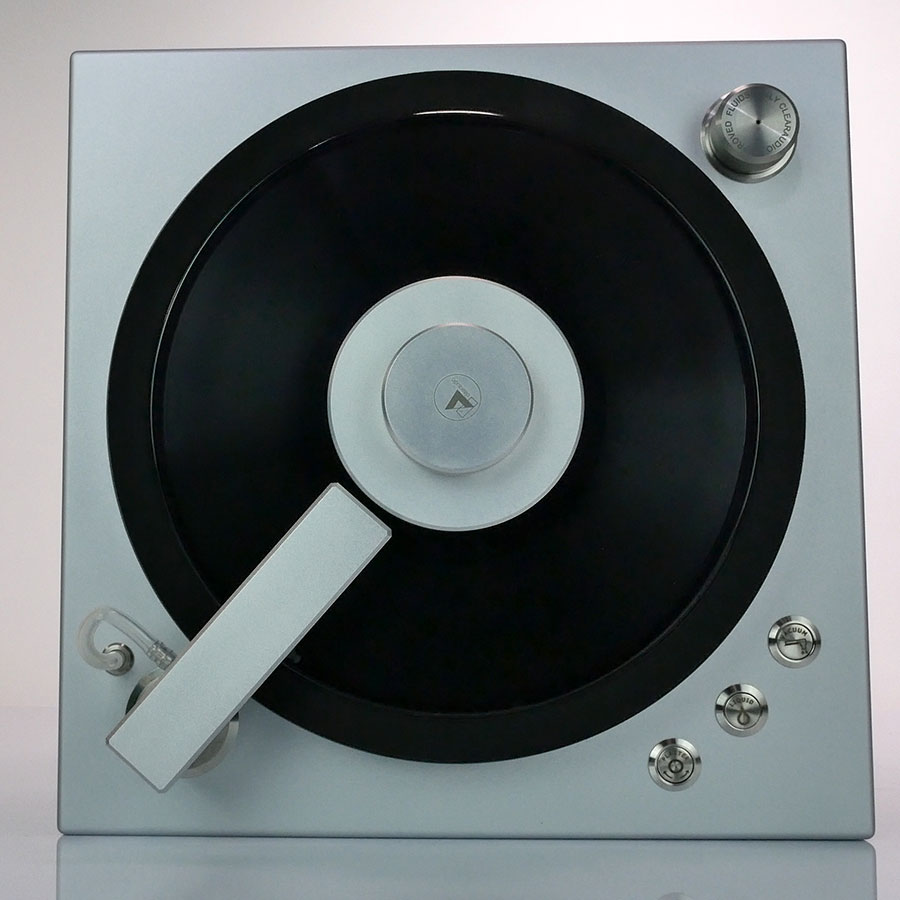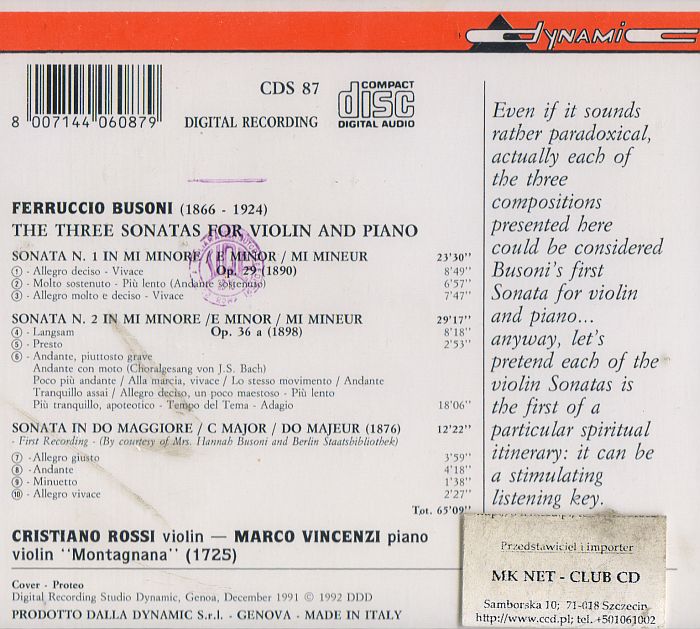Logowanie
Mikołaj - ten to ma gest!
Elton John, The Mamas & The Papas, Cat Stevens, Rod Stewart, Bobbie Gentry, Stevie Wonder, Engelbert Humperdinck
Memory Lane
Edycja Numerowana - 1000 egzemplarzy w skali światowej
RACHMANINOV, Eiji Oue, Minnesota Orchestra
Symphonic Dances / Vocalise
Best Recordings of 2001!!! NAJCZĘŚCIEJ KUPOWANA PŁYTA Z RR!
Karnawał czas zacząć!
Music of Love - Hi-Fi Latin Rhythms
Samba : Music of Celebration
AUDIOPHILE 24BIT RECORDING AND MASTERING
CHOPIN, LISZT, DEBUSSY, DVORAK, Gerhard Oppitz
Dances romantiques - A fantastic Notturno
Wzorcowa jakość audiofilska z Clearaudio
Winylowy niezbędnik
ClearAudio
Double Matrix Professional - Sonic
najbardziej inteligentna i skuteczna pralka do płyt winylowych wszelkiego typu - całkowicie automatyczna
BUSONI, Cristiano Rossi, Marco Vinzenci
The three Sonatas for violin and piano
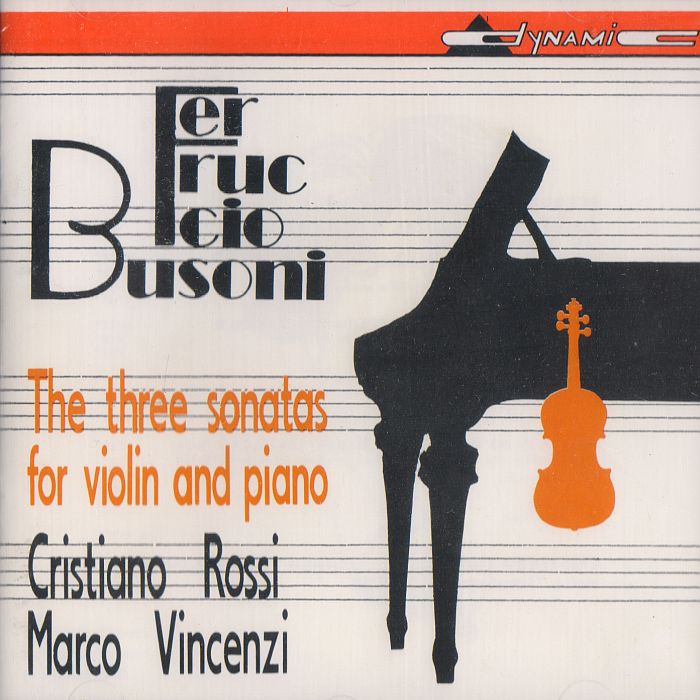
Description by Jeremy Grimshaw [-] Ferruccio Busoni composed his Violin Sonata No. 2, Op. 36a, at the suggestion of his friend Hjalmar von Dameck, a violinist of note who had been impressed by Busoni's Violin Sonata No. 1, Op. 29, a decade earlier, and by the composer's more recently completed violin concerto, Op. 35a. Ever combining historicism with a look to the future, Busoni based the second sonata on an earlier work, Beethoven's piano sonata, Op. 109, adopting its tripartite form: a first movement that starts slowly but eventually introduces faster, contrasting material; a lively second movement in 6/8 time; and a concluding set of variations. The sonata opens with a chordal invocation marked Langsam that is of the type found in many of Busoni's later works. This leads to a long-breathed, lyrical violin melody set over subtle ebbs and pauses in the piano. The texture eventually changes to one of constant motion propelled by rising and falling arpeggios in the piano. At its height, the movement shifts to B minor and takes on faster, more pointed articulations, but eventually settles into a recollection of the opening motto and other previous motives. Though not labeled by the composer as such, the Presto second movement is generally considered a Tarentella. Taking off on a theme borrowed from the middle of the first movement, the violin assumes a nervous rhythmic energy while the piano busily traverses the keyboard in playful chordal gestures. The opening of the final movement, marked Andante piuttosto grave, provides a sharp contrast to the vitality of the tarantella, even as it revisits its thematic material, as indicated by the composer in the score, "like a memory." The slow, pensive introduction leads to a statement of a chorale theme, "Wie wohl ist mir," from the second in the Anna Magdalena Bach Notebook. Busoni's variations on the chorale theme assume a wide variety of characters, from the nimble to the mysterious, including a variation in minor invoking a bell-like "death motive." As in Busoni's Fantasia after J.S. Bach from 1909, in which a similar death knoll motive mourned the recent death of Busoni's father, the funereal motive here seems to have presaged the death of the work's dedicatee, violinist and composer Ottokar Novacek. The work concludes with yet another recollection, first of the opening gestures of the final movement, then with the chordal statement that opened the entire sonata, recast as a benediction.
